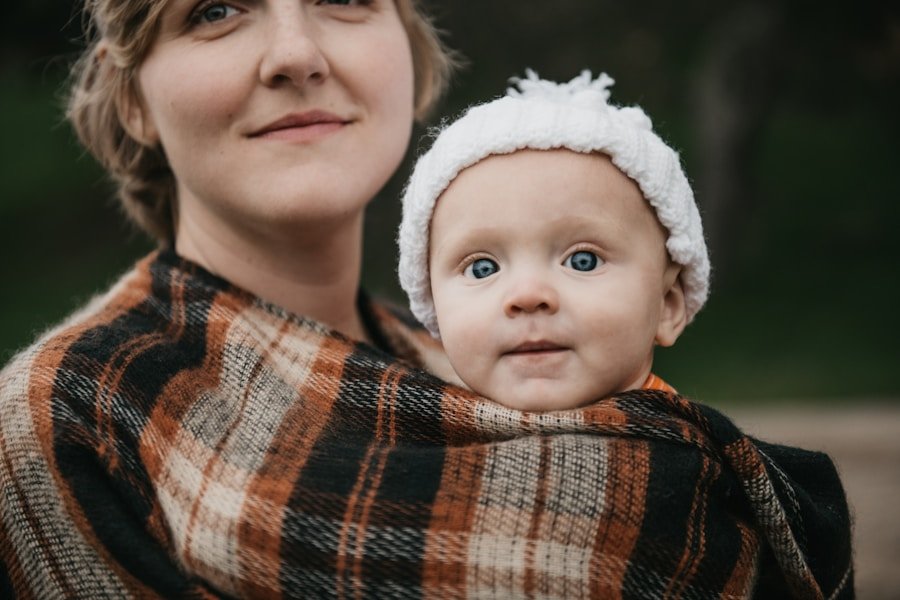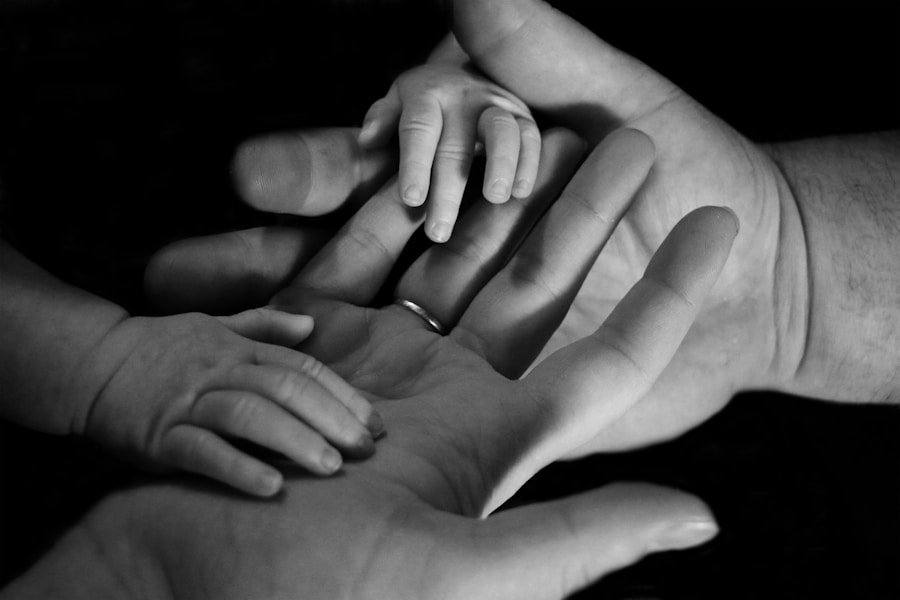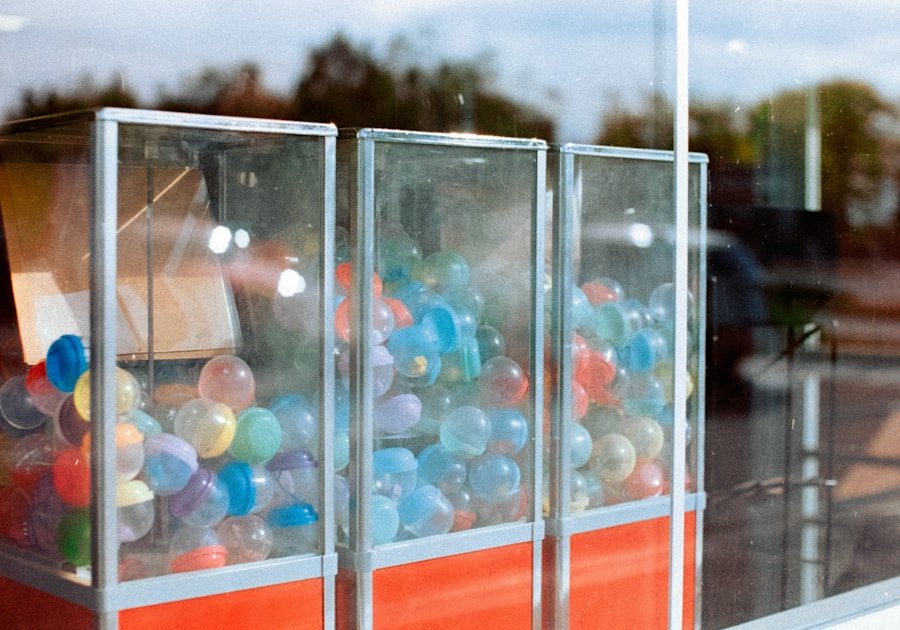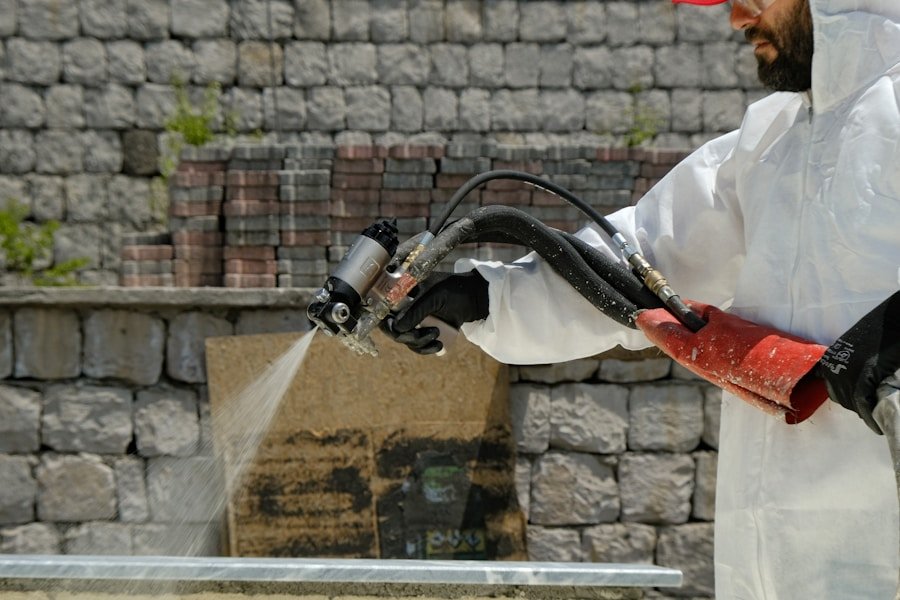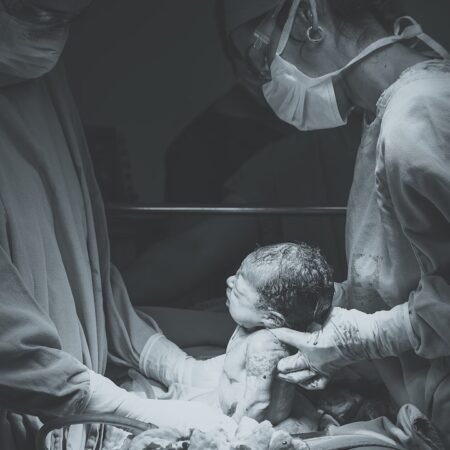Newborn sleep sacks provide an essential layer of safety and security for infants. Unlike traditional blankets, which can pose a suffocation risk if they shift during the night, sleep sacks are designed to keep babies snugly wrapped without the danger of covering their faces. This design feature is particularly important in the early months when infants are still developing their motor skills and may inadvertently move a blanket over their heads.
The secure fit of a sleep sack ensures that babies remain comfortable and safe throughout the night, allowing parents to rest easier knowing their child is protected. Moreover, sleep sacks often come with features such as zippers or snaps that make it difficult for babies to wriggle out. This added security can help prevent accidental falls or injuries that might occur if a baby manages to escape from a loose blanket.
The peace of mind that comes from knowing a newborn is safely secured in a sleep sack is invaluable for new parents, who often experience heightened anxiety about their child’s well-being.
Key Takeaways
- Newborn sleep sacks provide a safe and secure sleeping environment for babies, reducing the risk of SIDS.
- Both babies and parents can enjoy better sleep with the use of newborn sleep sacks.
- Sleep sacks are easy to use and convenient for parents, making nighttime routines simpler.
- They help regulate baby’s body temperature, keeping them comfortable throughout the night.
- Sleep sacks offer a smooth transition from swaddling and can be used for a long time, providing versatility for growing babies.
Better Sleep for Baby and Parents
A well-rested baby is crucial for the overall well-being of both the infant and the parents. Newborn sleep sacks can significantly improve sleep quality by providing a consistent and cozy sleeping environment. The snug fit of a sleep sack mimics the feeling of being held, which can soothe babies and help them fall asleep more quickly.
This comfort can lead to longer sleep durations, allowing parents to enjoy uninterrupted rest as well. In addition to promoting better sleep for babies, sleep sacks can also contribute to improved sleep for parents. When babies feel secure and comfortable, they are less likely to wake frequently during the night.
This means that parents can experience longer stretches of sleep, which is essential for their physical and mental health. The cumulative effect of better sleep for both baby and parents can lead to a more harmonious household, reducing stress and enhancing the overall parenting experience.
Ease of Use and Convenience
One of the standout features of newborn sleep sacks is their ease of use. Designed with busy parents in mind, these garments typically come with simple zippers or snaps that allow for quick changes during nighttime diapering. Unlike traditional swaddling techniques that require practice and precision, sleep sacks can be put on and taken off with minimal fuss. This convenience is especially beneficial during those bleary-eyed early mornings or late-night wake-ups when every second counts. Additionally, many sleep sacks are machine washable, making them easy to clean after inevitable spills or diaper leaks.
This practicality means that parents can maintain a hygienic sleeping environment for their newborn without excessive effort. The straightforward design and functionality of sleep sacks make them an indispensable tool in the daily routine of new parents, allowing them to focus more on bonding with their baby rather than struggling with complicated bedding arrangements. For more information, you can visit this Reddit thread.
Regulating Baby’s Body Temperature
| Age | Ideal Body Temperature | Acceptable Range |
|---|---|---|
| Newborn | 97.7-98.6°F (36.5-37°C) | 97-100.3°F (36.1-37.9°C) |
| 1-3 months | 97.7-99.4°F (36.5-37.5°C) | 97-100.3°F (36.1-37.9°C) |
| 4-6 months | 97.7-99.4°F (36.5-37.5°C) | 97-100.3°F (36.1-37.9°C) |
Maintaining an appropriate body temperature is vital for newborns, who are particularly sensitive to fluctuations in heat. Newborn sleep sacks are designed to help regulate a baby’s body temperature by providing warmth without overheating. Many sleep sacks are made from breathable materials that allow for airflow while still offering insulation against cooler temperatures.
This balance is crucial, as overheating has been linked to an increased risk of Sudden Infant Death Syndrome (SIDS). Parents can also choose sleep sacks with varying thicknesses depending on the season or room temperature. For instance, lighter fabrics may be suitable for warmer months, while thicker options can provide extra warmth during colder seasons.
This adaptability ensures that babies remain comfortable throughout the year, reducing the likelihood of waking due to discomfort from being too hot or too cold.
Transitioning from Swaddling to Sleep Sacks

As babies grow, they often outgrow swaddling, which can be a challenging transition for both infants and parents. Newborn sleep sacks offer a gentle way to make this shift. Unlike traditional swaddles that restrict movement entirely, sleep sacks allow for some freedom of movement while still providing a sense of security.
This gradual transition can help ease babies into independent sleeping while minimizing disruptions in their sleep patterns.
The design of sleep sacks accommodates various stages of development, making them suitable for infants who are beginning to roll over or move around more actively.
By using a sleep sack during this transitional phase, parents can help their babies adapt to sleeping without being swaddled while still ensuring they feel secure and comfortable.
Reducing the Risk of SIDS
The risk of Sudden Infant Death Syndrome (SIDS) is a significant concern for new parents, and choosing safe sleep practices is paramount.
Newborn sleep sacks contribute to reducing this risk by promoting safe sleeping positions and preventing loose bedding in the crib.
By keeping babies snugly wrapped in a sleep sack, parents can minimize the chances of their child rolling onto their stomach or becoming entangled in blankets.
Furthermore, many sleep sacks are designed with safety features that align with recommendations from pediatricians regarding safe sleep environments. For instance, they often encourage back sleeping, which is the safest position for infants. By incorporating a sleep sack into their baby’s bedtime routine, parents can take proactive steps toward creating a safer sleeping environment, ultimately providing peace of mind during those critical early months.
Versatility and Longevity
Newborn sleep sacks are not only practical but also versatile and long-lasting. Many designs accommodate a range of sizes, allowing them to be used as babies grow. Some brands even offer adjustable features that enable parents to customize the fit as their child develops.
This adaptability means that a single sleep sack can serve multiple purposes over time, making it a cost-effective choice for families. In addition to their longevity in terms of size, sleep sacks can also be used in various settings beyond just nighttime sleep. They are ideal for naps at home or on the go, providing a familiar sleeping environment wherever parents may be.
This versatility makes newborn sleep sacks an essential item in any new parent’s toolkit, ensuring that babies remain comfortable and secure whether at home or away.
FAQs
What is a newborn sleep sack?
A newborn sleep sack is a wearable blanket designed to keep babies warm and secure while they sleep. It is a safer alternative to loose blankets in the crib and provides a cozy and comfortable sleeping environment for infants.
How does a newborn sleep sack promote safety and security for babies?
Newborn sleep sacks eliminate the risk of suffocation and entanglement that can occur with traditional blankets in the crib. They also provide a snug and secure fit, giving babies a sense of security and comfort while they sleep.
How does a newborn sleep sack contribute to better sleep for both babies and parents?
Newborn sleep sacks help regulate a baby’s body temperature, keeping them at a comfortable level throughout the night. This can lead to longer and more restful sleep for both the baby and the parents.
What makes newborn sleep sacks easy to use and convenient for parents?
Newborn sleep sacks are simple to put on and take off, making diaper changes and nighttime routines easier for parents. They also eliminate the need for multiple layers of blankets, streamlining the bedtime process.
How do newborn sleep sacks help regulate a baby’s body temperature?
Newborn sleep sacks are designed to provide warmth without overheating, helping to regulate a baby’s body temperature and prevent them from getting too hot or too cold while they sleep.
How can newborn sleep sacks assist in transitioning from swaddling to sleep sacks?
Newborn sleep sacks provide a cozy and secure sleeping environment for babies who are transitioning from swaddling. They allow for freedom of movement while still providing a sense of security.
How do newborn sleep sacks reduce the risk of SIDS (Sudden Infant Death Syndrome)?
Newborn sleep sacks eliminate the use of loose blankets in the crib, which has been linked to an increased risk of SIDS. By providing a safe and secure sleeping environment, sleep sacks can help reduce the risk of SIDS.
What makes newborn sleep sacks versatile and long-lasting for parents?
Newborn sleep sacks come in various sizes and designs, allowing them to grow with the baby. They can be used for an extended period of time, making them a versatile and long-lasting investment for parents.



